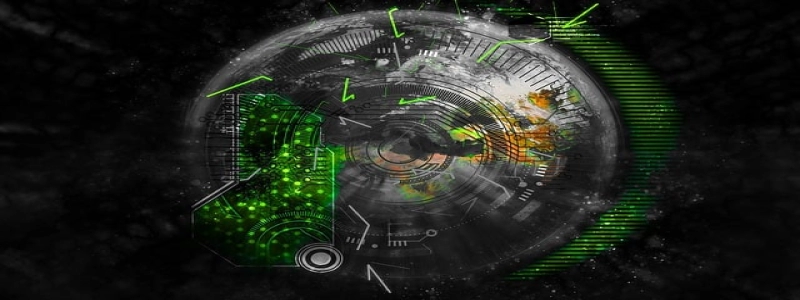Running Ethernet Through Walls
Introduction:
Ethernet is a widely used networking technology that allows devices to connect and communicate with each other over a local area network (LAN). In many cases, it is essential to have a stable and reliable Ethernet connection throughout a building or home. Running Ethernet cables through walls is an effective way to achieve this, ensuring a seamless and efficient network connection.
I. Planning and Preparation:
Before starting the process of running Ethernet through walls, it is important to consider the following factors:
A. Identifying the Path:
Determine the route the Ethernet cables will follow through the walls. This involves identifying the source and destination points and considering the best path to avoid obstacles such as electrical wires, water pipes, and load-bearing walls.
B. Measuring Cable Length:
Measure the length of Ethernet cable required for each connection point. It is advisable to add a few extra feet to account for any unexpected twists, turns, or future modifications.
II. Tools and Supplies:
To successfully run Ethernet through walls, gather the necessary tools and supplies:
A. Ethernet Cable:
Choose a high-quality Ethernet cable that meets the required specifications for gigabit networking. Cat6 or Cat6a cables are often recommended for their durability and ability to handle high data transfer rates.
B. Wall Plates:
Acquire wall plates designed for Ethernet connections. These plates will serve as termination points for the Ethernet cables and provide a neat and professional finish.
C. Fish Tape:
A fish tape is a flexible tool used to guide cables through walls. It is helpful in navigating through insulation, studs, and other obstacles.
III. Running Ethernet Through Walls:
Follow these steps to safely and effectively run Ethernet cables through walls:
A. Prepare the Source and Destination Points:
At the source point, such as a network switch or router, remove the existing wall plate and disconnect any existing Ethernet cables. Do the same at the destination point, ensuring a clean and accessible wall plate.
B. Create a Pathway:
Using a stud finder, identify the studs along the planned route. If necessary, make small pilot holes to check for potential obstructions. Utilize the fish tape to create a pathway by running it from the source to the destination, feeding it through any necessary wall cavities.
C. Attach the Ethernet Cable:
Securely fasten the Ethernet cable to the fish tape using tape or zip ties. Slowly and carefully pull the fish tape back, guiding the cable through the walls.
D. Terminate the Wall Plates:
Once the Ethernet cable is successfully run through the walls, terminate each end with the appropriate connectors according to the wall plates’ specifications. This will ensure a proper and reliable connection.
E. Test and Verify:
After installing the wall plates and connecting the Ethernet cables to the source and destination devices, test the network connection for functionality, speed, and stability. Use appropriate network testing tools or applications to ensure optimal performance.
Conclusion:
Running Ethernet cables through walls is a practical and efficient method to establish a stable and reliable network connection throughout a building or home. By following the proper planning, preparation, and installation steps outlined above, you can achieve a seamless Ethernet network infrastructure for your various devices.








